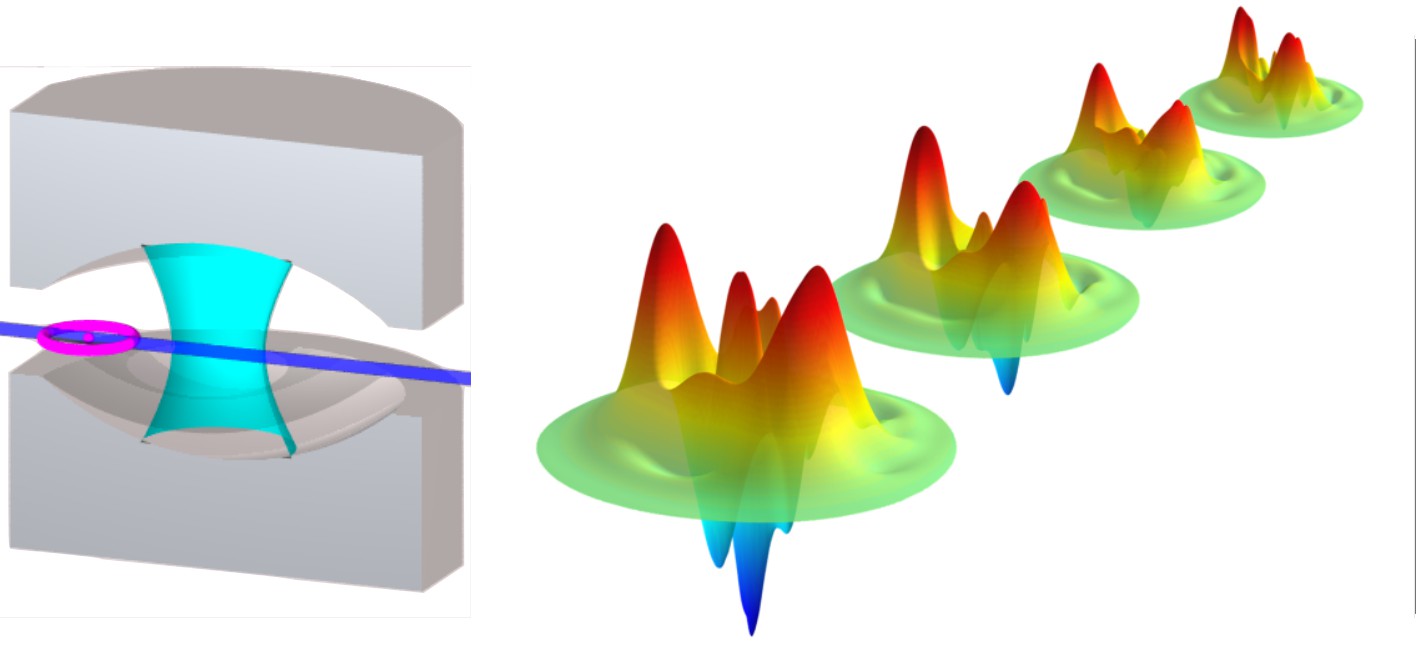Ce cours vise à décrire l'interaction entre la matière quantique dans sa forme la plus simple, un atome, et un champ électromagnétique. Une approche semi-classique, où le champ est classique, est d'abord considérée, en incluant la relaxation de l'atome. Nous procédons ensuite à la quantification du champ électromagnétique et décrivons sa relaxation, avant que son interaction avec un atome ne soit étudiée dans un modèle quantique complet.
